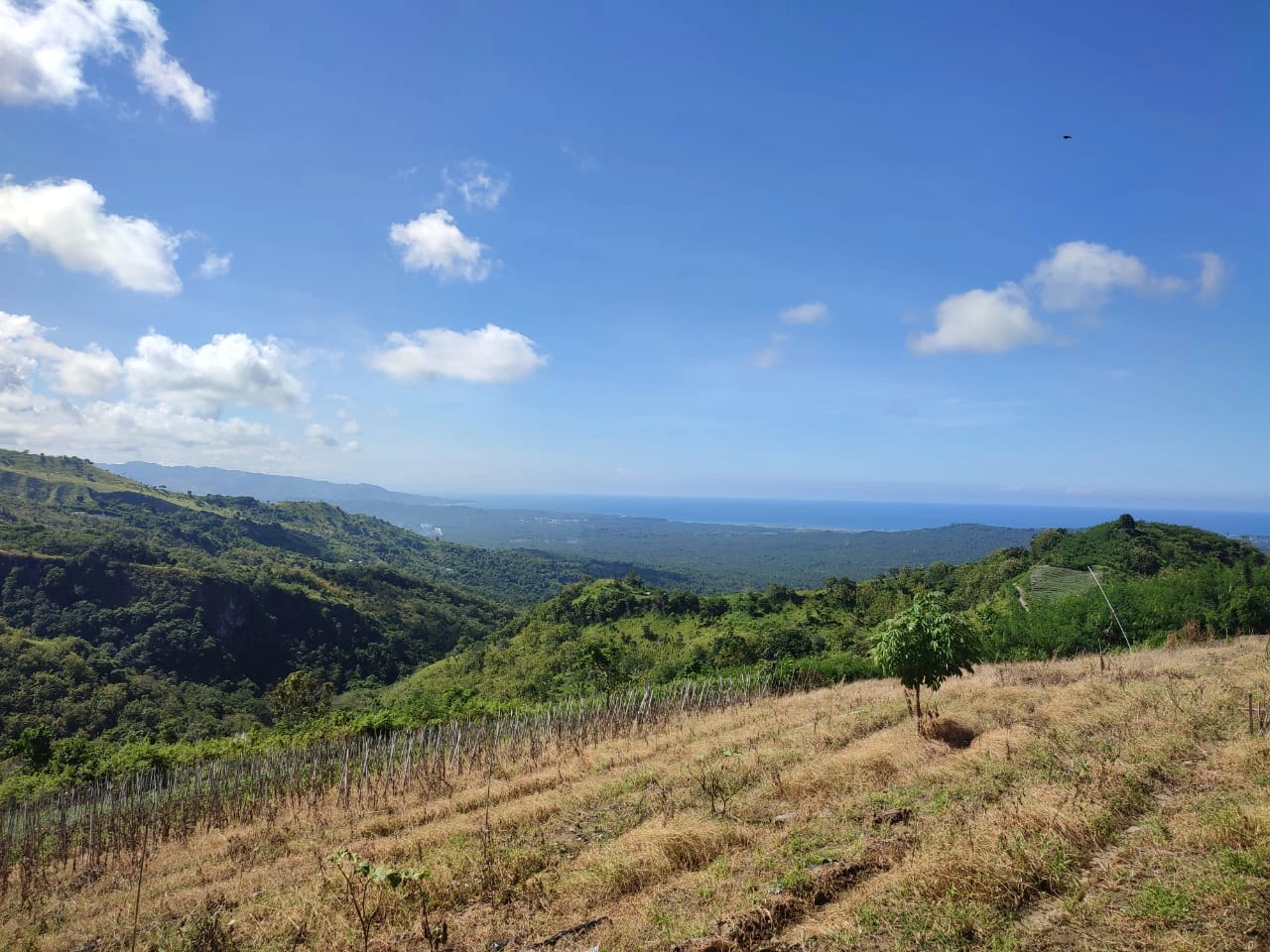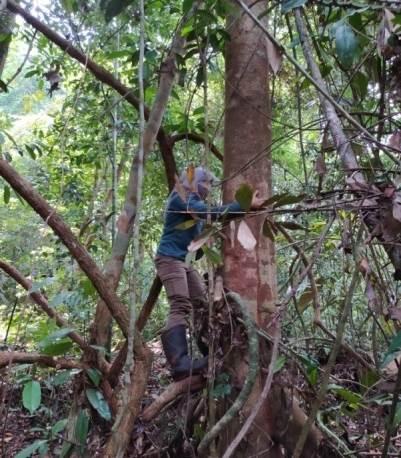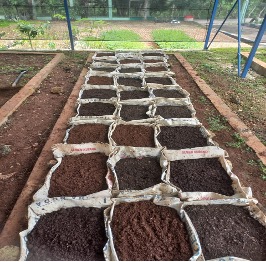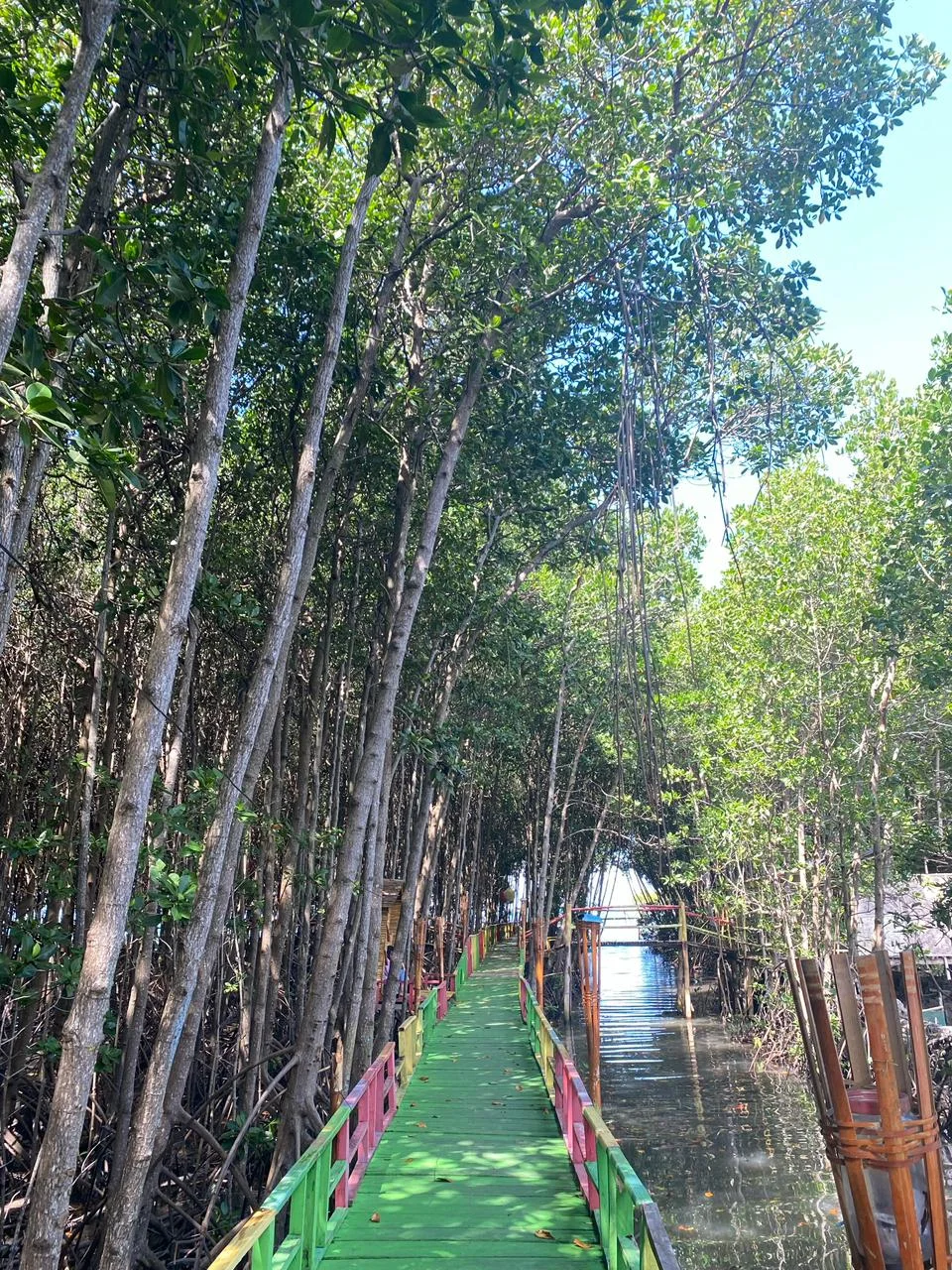Identification of the Effectiveness of Land Cover in Some Areas in Borisallo Village for Conservation Measures
Abstract
Indonesia has excellent land potential for the development of the agricultural sector with various levels of topography that are different for each region. Every slope of the land varies, there are nutrients that are a source of food for plant growth. This research aims to determine the effectiveness of land cover in Borisallo Village, Parangloe District, Gowa Regency. This research will be carried out from October 2023 to April 2024. Analysis of the physical properties of the soil will be carried out at the Soil Physics and Conservation Laboratory, and analysis of the chemical properties of the soil will be carried out at the Soil Chemistry and Fertility Laboratory, Department of Soil Science, Faculty of Agriculture, Hasanuddin University. In the preparation stage, literature study and data collection were carried out, then primary data and secondary data were collected. After that, the data is processed into a land unit map. Then soil samples are taken according to the points determined based on the land unit map. After taking soil samples, laboratory analysis is then carried out to analyze soil permeability, organic C, bulk density and porosity. Even though there is land cover, several areas in Borisallo village still require conservation measures to prevent landslides and erosion, especially on land that has a slope. This can be seen from the permeability value which is included in the slow category.
Copyright (c) 2024 Jurnal Wasian

This work is licensed under a Creative Commons Attribution-NonCommercial 4.0 International License.
Copyright and License
All articles published in Wasian Journal are the property of the authors. By submitting an article to Wasian Journal, authors agree to the following terms:
-
Copyright Ownership: The author(s) retain copyright and full publishing rights without restrictions. Authors grant the journal the right to publish the work first and to distribute it as open access under a Creative Commons Attribution 4.0 International License (CC BY 4.0).
-
Licensing: Articles published in Wasian Journal are licensed under a Creative Commons Attribution 4.0 International License (CC BY 4.0). This license allows others to share, copy, and redistribute the material in any medium or format, and adapt, remix, transform, and build upon the material for any purpose, even commercially, provided that proper credit is given to the original author(s) and the source of the material

This work is licensed under a Creative Commons Attribution 4.0 International License. -
Author's Rights: Authors are permitted and encouraged to post their work online (e.g., in institutional repositories or on their website) prior to and during the submission process, as it can lead to productive exchanges and greater citation of published work.
-
Third-Party Content: If your article contains material (e.g., images, tables, or figures) for which you do not hold copyright, you must obtain permission from the copyright holder to use the material in your article. This permission must include the right for you to grant the journal the rights described above.
-
Reprints and Distribution: Authors have the right to distribute the final published version of their work (e.g., post it to an institutional repository or publish it in a book), provided that the original publication in Wasian Journal is acknowledged.
For the reader you are free to:
- Share — copy and redistribute the material in any medium or format for any purpose, even commercially.
- Adapt — remix, transform, and build upon the material for any purpose, even commercially.
- The licensor cannot revoke these freedoms as long as you follow the license terms.
Under the following terms:
- Attribution — You must give appropriate credit , provide a link to the license, and indicate if changes were made . You may do so in any reasonable manner, but not in any way that suggests the licensor endorses you or your use.
- No additional restrictions — You may not apply legal terms or technological measures that legally restrict others from doing anything the license permits.
Notices:
You do not have to comply with the license for elements of the material in the public domain or where your use is permitted by an applicable exception or limitation .
No warranties are given. The license may not give you all of the permissions necessary for your intended use. For example, other rights such as publicity, privacy, or moral rightsmay limit how you use the material.
Most read articles by the same author(s)
- Hananu Wisnu Wardana, Muthmainnah Muthmainnah , Hasanuddin Molo, Rahmat Ariandi, Community Perceptions and Preferences Toward Tourism Village Development in Kojadoi Village, East Alok Subdistrict, Sikka Regency, East Nusa Tenggara Province , Jurnal Wasian: Vol. 10 No. 02 (2023): December











